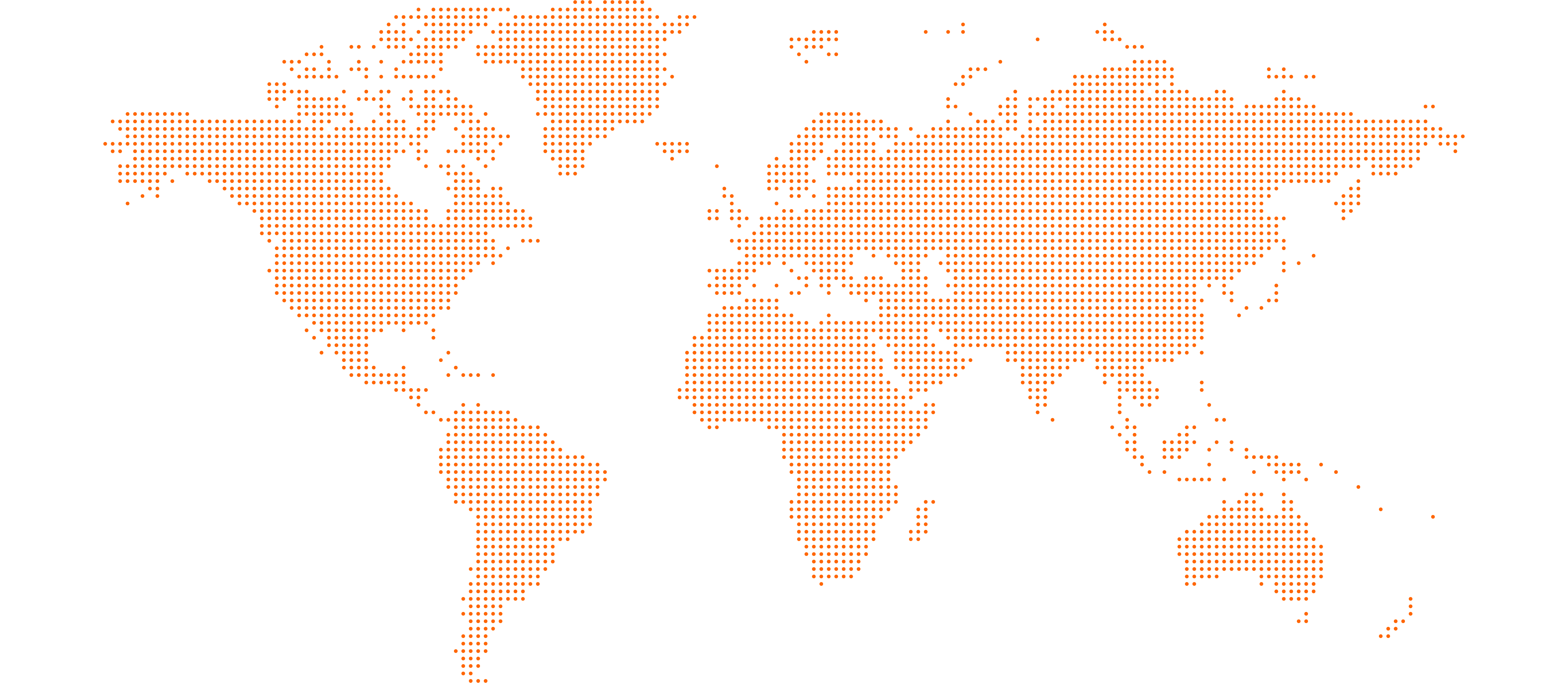MENU
Intrapulmonary percussive ventilation vs incentive spirometry for children with neuromuscular disease
Reardon, C.C., et al. The Archives of Pediatrics & Adolescent Medicine. 2005.
"Intrapulmonary percussive ventilation as part of a preventive pulmonary regimen reduced days of antibiotic use and hospitalization for respiratory illness."
A comparison of the therapeutic effectiveness of and preference for postural drainage and percussion, intrapulmonary percussive ventilation, and high-frequency chest wall compression in hospitalized cystic fibrosis patients
Varekojis, S.M., et al. Respiratory Care. 2003.
"Participants [cystic fibrosis patients] thought they performed more bronchopulmonary hygiene with IPV therapy, spent less time on therapy, relied less on others for therapy, and thought IPV therapy was relatively comfortable."
A comparison of intrapulmonary percussive ventilation and conventional chest physiotherapy for the treatment of atelectasis in the pediatric patient
Deakins, K., et al. Respiratory Care. 2002.
This study found IPV therapy was more effective than CPT in reducing atelectasis in pediatric patients, improving atelectasis scores significantly (from 3 to 1, p < 0.001) and requiring less treatment time (2.1 vs. 6.2 days, p = 0.018).
Intrapulmonary percussive ventilation in tracheostomized patients: a randomized controlled trial
Clini, E.M., et al. Intensive Care Medicine. 2006.
In adult tracheostomized patients, researchers in this study found “all patients included in the intervention group tolerated [IPV therapy] very well.”
Predicting extubation failure after successful completion of a spontaneous breathing trial
Mokhlesi, B., et al. Respiratory Care. 2007.
"Patients with moderate or abundant secretions were 3–8 times more likely to fail extubation than those with few to no secretions."
Efficacy and safety of intrapulmonary percussive ventilation superimposed on conventional ventilation in obese patients with compression atelectasis
Tsuruta, R., et al. Journal of Critical Care. 2006.
IPV therapy helps recruit the lungs quickly for a wide variety of patients, as evidenced in this study which shows improvement in dynamic compliance and PAO2/FIO2 in patients with compression atelectasis.
Extubation failure in intensive care unit: predictors and management
Kulkarni, A.P., et al. Indian Journal of Critical Care Medicine. 2008.
"The most common cause [of extubation failure] is respiratory failure... excessive secretions, coupled with inadequate muscle strength and glottic incompetence can also cause failed extubation."
Effect of intrapulmonary percussive ventilation on expiratory flow limitation in chronic obstructive pulmonary disease patients
Vargas, F., et al. Journal of Critical Care. 2009.
In a study of COPD patients weaning from mechanical ventilation, IPV therapy significantly reduced expiratory flow limitation (EFL). IPV decreased EFL in 96% of patients, with EFL dropping from 65.4% before IPV to 35.4% after treatment.
Safety and effectiveness of the high-frequency chest wall oscillation vs intrapulmonary percussive ventilation in patients with severe COPD
Nicolini, A., et al. The International Journal of Chronic Obstructive Pulmonary Disease. 2018.
In a randomized, controlled study of 60 COPD patients, IPV therapy significantly improved dyspnea, daily activities, pulmonary function, and arterial blood gas values compared to the control group receiving Chest Physical Therapy (CPT) alone.
Physiological response to intrapulmonary percussive ventilation in stable COPD patients
Nava, S., et al. Respiratory Medicine. 2006.
In a study on IPV therapy in COPD patients, researchers found that IPV significantly increased tidal volumes and reduced diaphragm effort compared to baseline. Minute ventilation stayed constant, and tolerance was good across different IPV settings.



